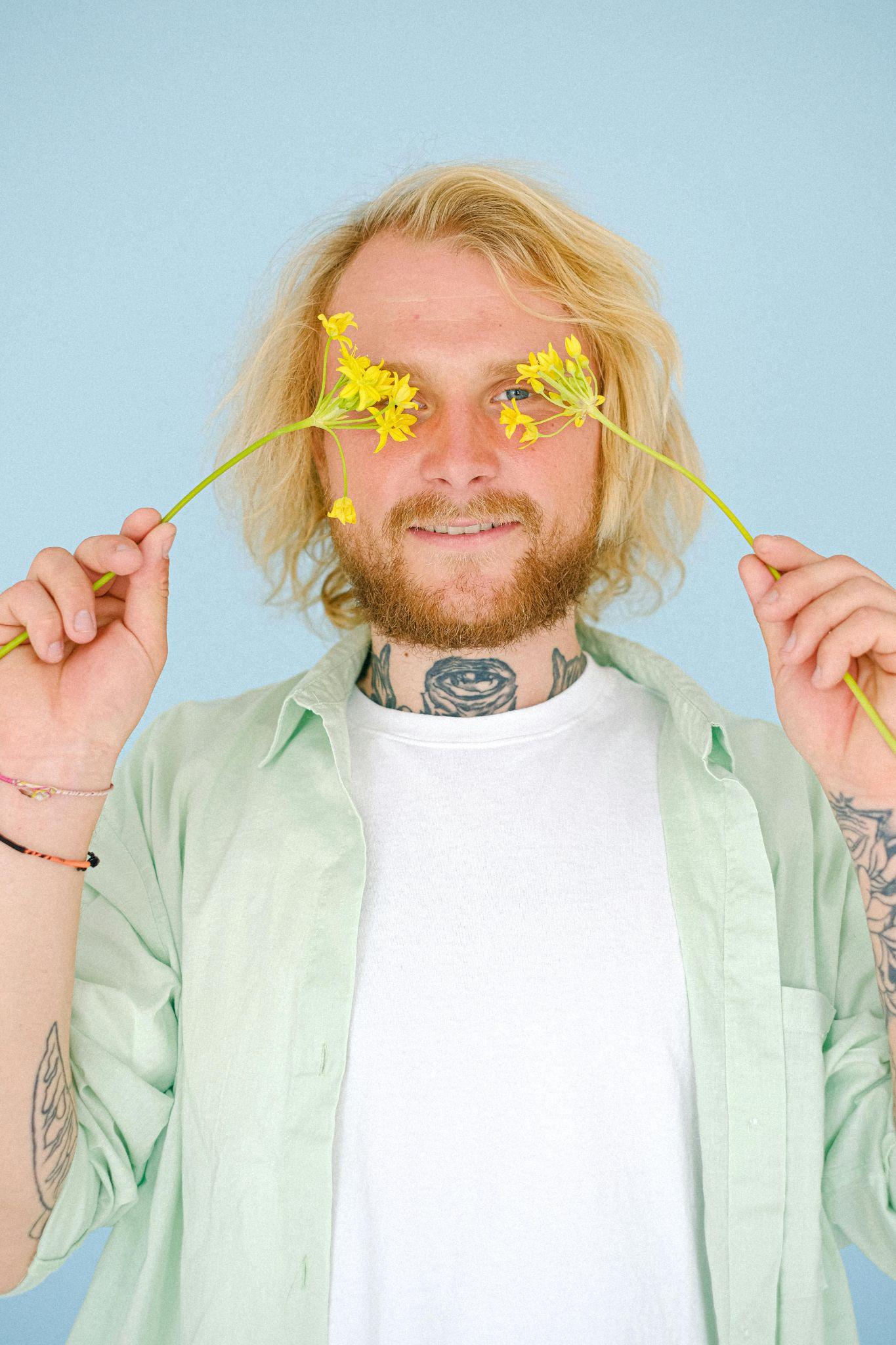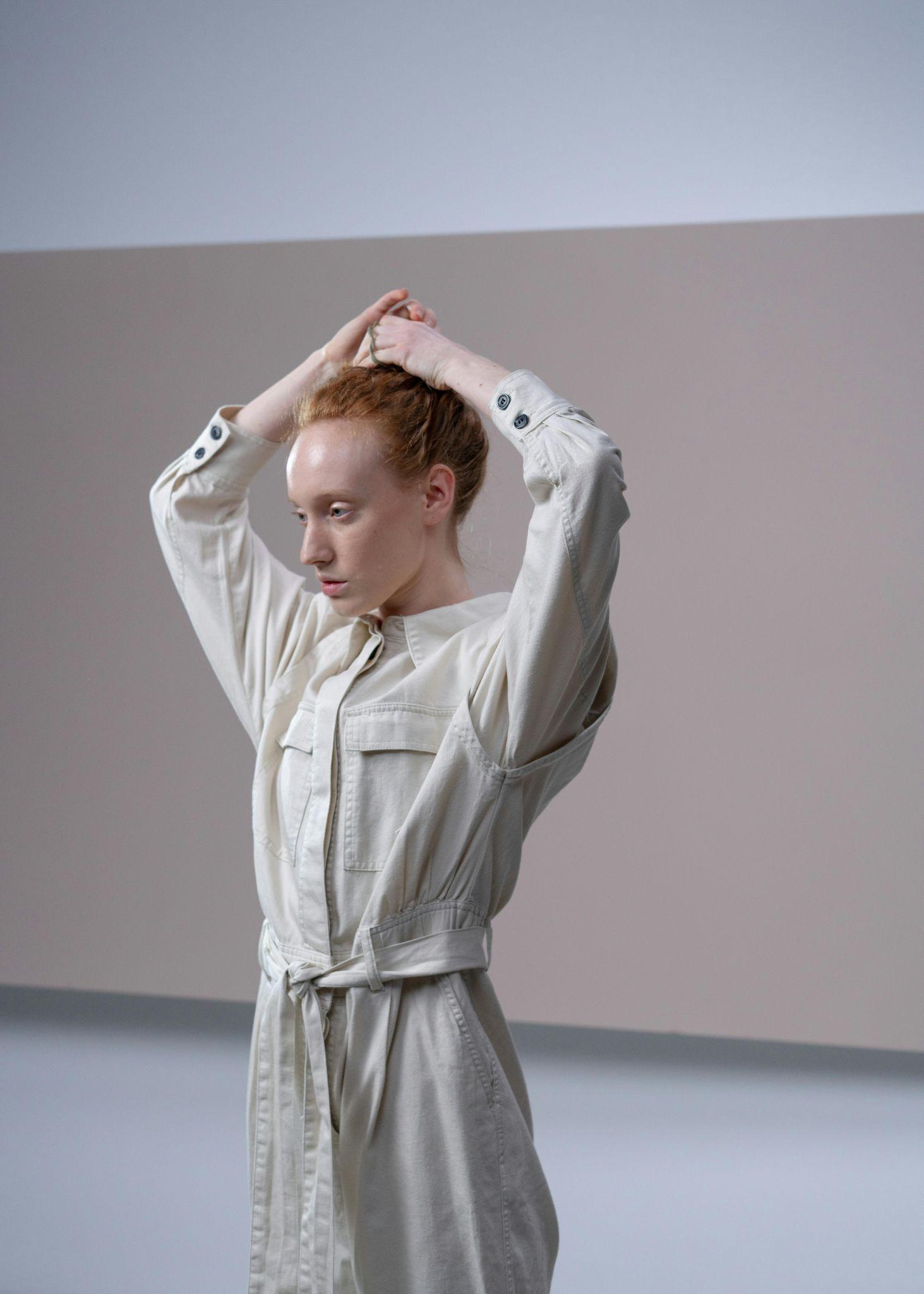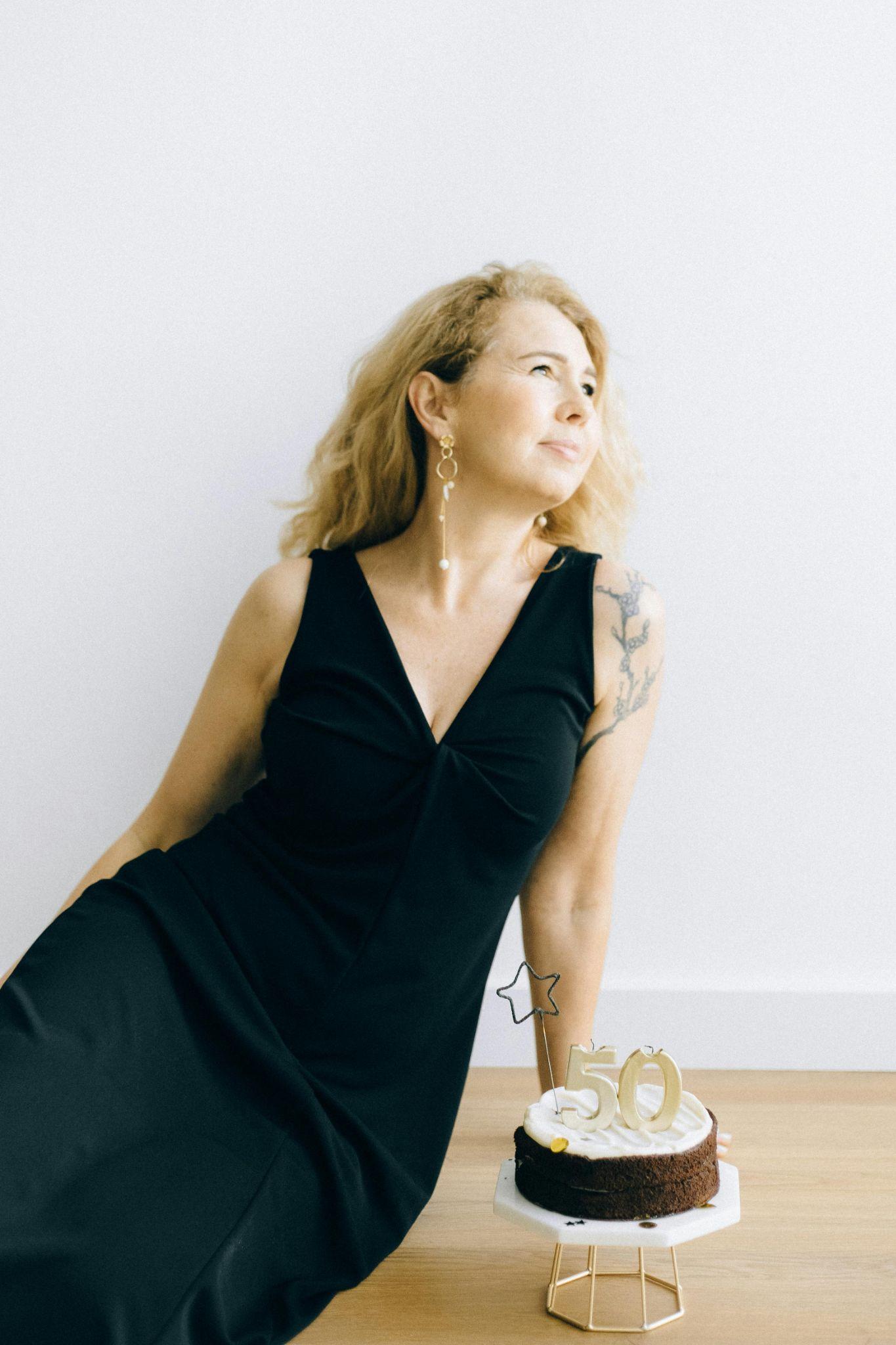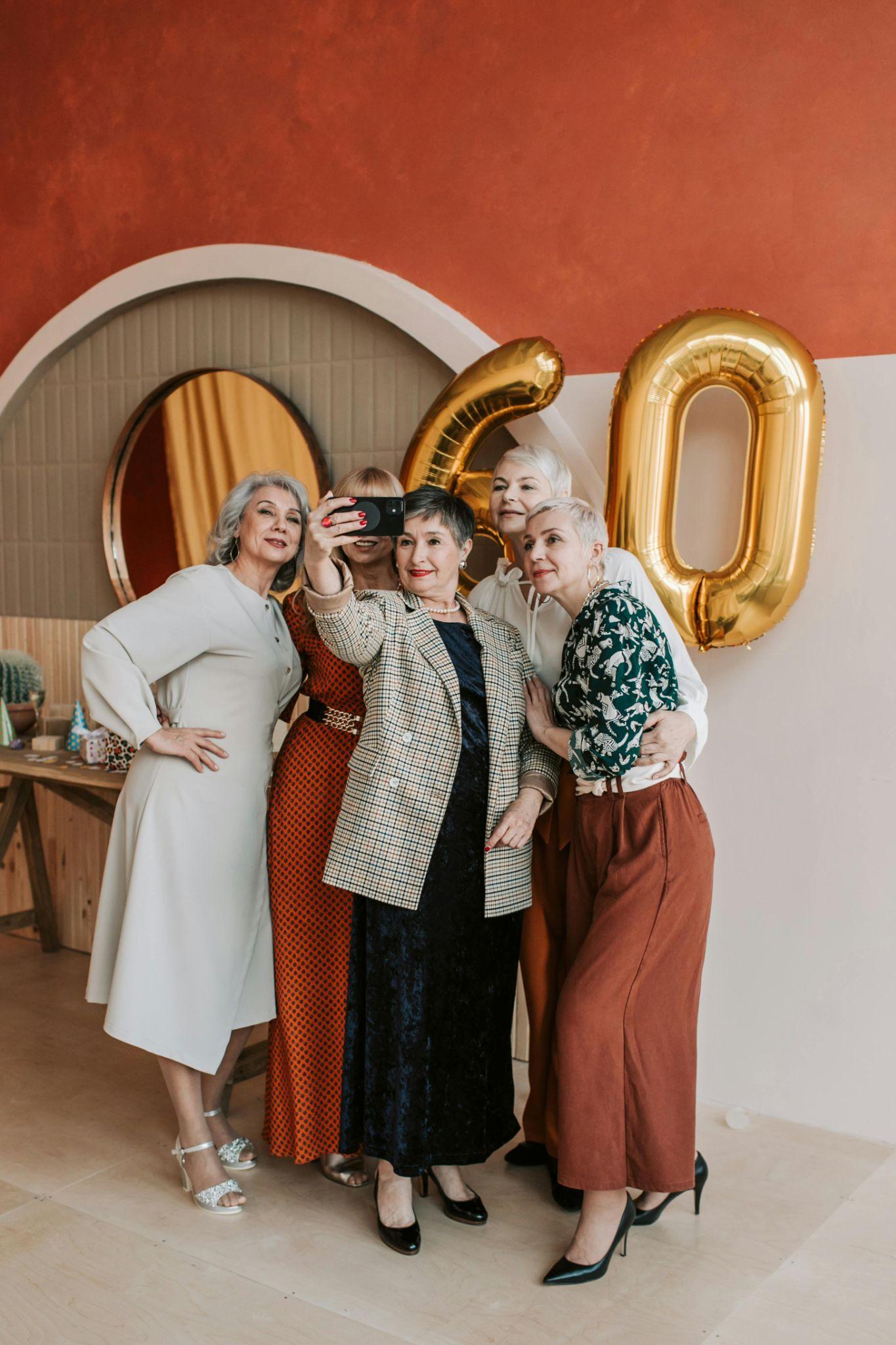How to Address and Treat Hair Thinning in Different Age Groups
Hair thinning is a concern many people face, and it affects men and women across various age groups. The causes of hair thinning differ depending on a person’s age, and understanding how to address and treat it at each stage of life is key to maintaining healthy, full hair. Whether it’s due to hormonal changes, lifestyle factors, or the natural aging process, there are targeted solutions to help manage and reverse thinning hair.
This article will guide you through the specific causes of hair thinning by age, highlight the best products for thinning hair in women, and cover effective hair loss treatments for men. Whether you’re in your 20s, 40s, or beyond, we’ll help you find the right approach for your age group.
The Causes of Hair Thinning at Different Life Stages
Hair thinning occurs for various reasons, and age is one of the most influential factors. Let’s explore how hair thinning differs by life stage and the most effective ways to manage it.
Teens and Early 20s: Hormonal Shifts and Stress
Hair thinning can begin as early as the teenage years or in one’s early 20s. While less common in this age group, factors like hormonal imbalances and high stress can lead to noticeable hair shedding. https://hairproductschoice.com/product/revlon-one-step-volumizer-hair-dryer-and-styler-now-with-improved-motor-less-frizz-more-shine-and-less-heat-damage-for-salon-style-blowouts-amazon-exclusive-black/
- Hormonal Changes: Puberty, birth control, and even conditions like polycystic ovary syndrome (PCOS) can cause fluctuations in hormones, leading to temporary hair thinning.
- Stress: Academic pressure, social stress, and other lifestyle stressors can trigger hair thinning due to a condition called telogen effluvium, where hair enters the resting phase prematurely and sheds.
Addressing Hair Thinning in Adolescence and Early Adulthood
For younger people, the key is to address the root causes and adopt preventative measures. Here are some steps to take:
- Manage Stress: Regular exercise, meditation, and stress-management techniques can significantly reduce stress-induced hair loss.
- Nutritional Supplements: Nutrients like iron, zinc, and biotin promote hair growth and help prevent further thinning.
- Mild Topical Treatments: Over-the-counter products like minoxidil can encourage regrowth for those experiencing more noticeable thinning.
30s and 40s: Hormonal Changes, Lifestyle Factors, and Genetics
For many men and women, hair thinning becomes more apparent in their 30s and 40s. Hormonal shifts related to pregnancy, childbirth, and menopause can cause thinning in women, while men may experience the early stages of male-pattern baldness.
Treating Hair Thinning by Age: Your 30s and 40s
- Hormonal Balance: Hormonal treatments or supplements like evening primrose oil can help women balance estrogen and progesterone levels, potentially slowing hair thinning due to menopause or postpartum changes.
- Diet and Exercise: Maintaining a healthy diet rich in omega-3 fatty acids, iron, and vitamins can support overall hair health.
- Best Products for Thinning Hair in Women: Look for hair care products that target thinning, such as volumizing shampoos or treatments that stimulate hair follicles.
Recommended Products for Women in Their 30s and 40s
- Nioxin Hair Care System: Designed to promote scalp health, which is essential for preventing thinning.
- Viviscal Hair Growth Supplements: Packed with biotin and zinc, these supplements support healthy hair growth from within.
- Rogaine (Minoxidil): The FDA-approved treatment helps regrow hair in women experiencing significant thinning.
50s and 60s: The Natural Aging Process and Androgenetic Alopecia
By the time people reach their 50s and beyond, hair thinning becomes more pronounced due to the natural aging process and, in men, androgenetic alopecia (male-pattern baldness). Hair follicles shrink and produce thinner, weaker strands, leading to noticeable thinning and, for some, baldness.
How to Address and Treat Hair Thinning in Your 50s and 60s
- Scalp Treatments: Regular scalp massages or low-level laser therapy (LLLT) can help stimulate blood circulation and promote hair health.
- Thickening Hair Products: Use shampoos, conditioners, and leave-in treatments that add volume and nourish the scalp.
- Hair Growth Supplements: Collagen supplements, along with vitamin D, can strengthen hair and prevent further thinning.
Hair Loss Treatments for Men in Their 50s
Men often experience more severe hair loss by this age, but there are several effective treatments:
- Finasteride (Propecia): This prescription medication blocks DHT (dihydrotestosterone), the hormone responsible for male-pattern baldness.
- Hair Transplants: For those with more advanced hair loss, surgical solutions like follicular unit extraction (FUE) transplants can restore a fuller head of hair.
- PRP (Platelet-Rich Plasma) Therapy: This procedure uses a patient’s blood plasma to stimulate hair follicles and encourage growth.
60s and Beyond: Embracing Thinning Hair with Confidence
By the time people are in their 60s, hair thinning may be more advanced. While some opt for aggressive treatments, others may choose to embrace their thinning hair and focus on keeping it healthy and manageable.
How to Manage Hair Thinning in Your 60s and Beyond
- Low-Maintenance Hairstyles: Opt for shorter, textured hairstyles that make thinning less noticeable.
- Nourishing Hair Care: Use deep-conditioning treatments to maintain the health of your existing hair and reduce breakage.
- Professional Treatments: Seek advice from a trichologist or dermatologist who specializes in hair thinning and explore advanced treatments like scalp micropigmentation, which creates the illusion of fuller hair.
Preventative Steps for All Age Groups
No matter your age, there are steps you can take to slow hair thinning and maintain healthy hair. Here are some general tips:
Healthy Diet and Nutrition
A diet rich in vitamins and minerals can support strong, healthy hair. Include the following in your meals: 
- Biotin: Found in eggs, nuts, and seeds, biotin is crucial for hair health.
- Iron: Essential for proper hair growth, iron can be found in leafy greens, red meat, and legumes.
- Vitamin D: Necessary for the production of new hair follicles, vitamin D can be obtained through sunlight or supplements. https://hairproductschoice.com/product/olaplex-no-3-hair-perfector-repairing-hair-treatment-concentrated-hair-mask-for-dry-damaged-hair-repairs-strengthens-all-hair-types-3-3-fl-oz/
Scalp Care and Maintenance
Regular scalp massages and the use of essential oils can help stimulate blood flow to the hair follicles, encouraging healthy hair growth. Keep your scalp clean and well-nourished.
Gentle Hair Care Practices
Avoid hairstyles that tug on the hair or excessive use of heat styling tools, which can cause damage over time. Opt for gentle, sulfate-free shampoos and conditioners to avoid stripping your hair of its natural oils.
Hair thinning is a natural part of life, but the way it manifests and the best treatment options differ by age. By understanding how to address and treat hair thinning in different age groups, you can tailor your hair care routine to your specific needs and maintain fuller, healthier hair throughout your life. https://hairproductschoice.com/
Whether you’re in your teens or your 60s, there are a variety of treatments, products, and lifestyle adjustments available to help manage hair thinning. From the best products for thinning hair in women to targeted hair loss treatments for men, there’s a solution for everyone. Taking a proactive approach and seeking the right treatments for your age group will keep your hair looking and feeling its best, no matter what stage of life you’re in.